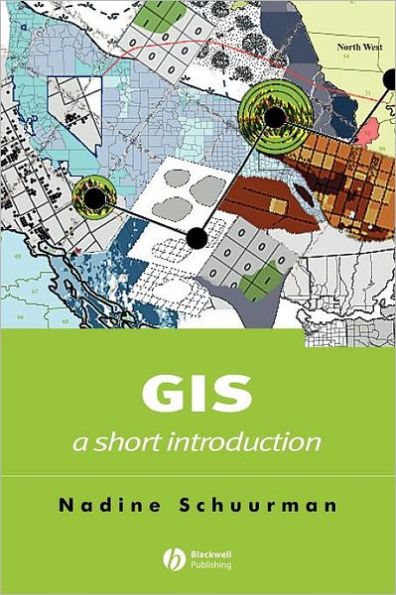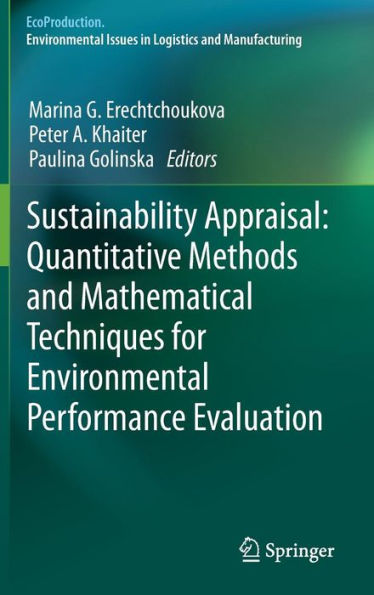Home
Introduction to Mathematical Techniques Used in GIS / Edition 1
Barnes and Noble
Introduction to Mathematical Techniques Used in GIS / Edition 1
Current price: $96.95


Barnes and Noble
Introduction to Mathematical Techniques Used in GIS / Edition 1
Current price: $96.95
Size: OS
Loading Inventory...
*Product information may vary - to confirm product availability, pricing, shipping and return information please contact Barnes and Noble
To understand the output from a geographic information system, one must understand the quality of the data that is entered into the system, the algorithms driving the data processing, and the limitations of the graphic displays.
Introduction to Mathematical Techniques Used in GIS explains to nonmathematicians the fundamentals that support the manipulation and display of geographic information. It focuses on basic mathematical techniques, building upon a series of steps that enable a deeper understanding of the complex forms of manipulation that arise in the handling of spatially related data.
The book moves rapidly through a wide range of data transformations, outlining the techniques involved. Many are precise, building logically on underlying assumptions. Others are based upon statistical analysis and the pursuit of the optimum rather than the perfect and definite solution.
By understanding the mathematics behind the gathering, processing, and display of information, GIS professionals can advise others on the integrity of results, the quality of the information, and the safety of using it.
Introduction to Mathematical Techniques Used in GIS explains to nonmathematicians the fundamentals that support the manipulation and display of geographic information. It focuses on basic mathematical techniques, building upon a series of steps that enable a deeper understanding of the complex forms of manipulation that arise in the handling of spatially related data.
The book moves rapidly through a wide range of data transformations, outlining the techniques involved. Many are precise, building logically on underlying assumptions. Others are based upon statistical analysis and the pursuit of the optimum rather than the perfect and definite solution.
By understanding the mathematics behind the gathering, processing, and display of information, GIS professionals can advise others on the integrity of results, the quality of the information, and the safety of using it.

















